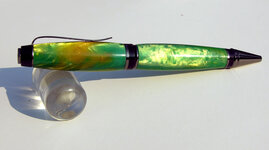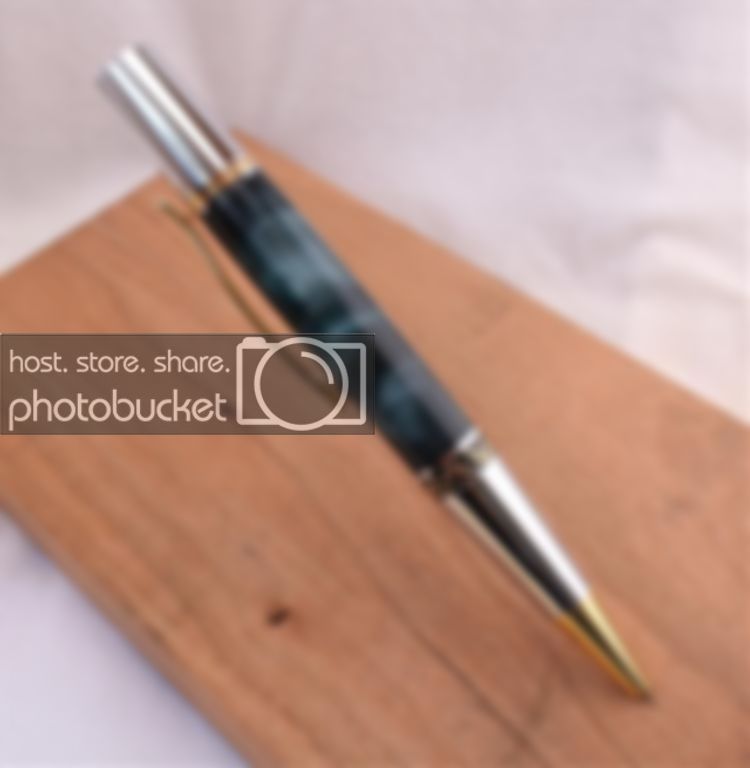sseamen
Member
This may sound like a dumb question, but what the heck.
I see lots of talk about painting tubes and reverse painting the blanks. Plenty of discussion on technique and types of paint, but no mention of "What colors do I use?"
What is the goal of painting the tubes/inside of the blanks? I understand we don't want the brass blank shining thru but what do we want? If I have a 'Molten Bronze' or a 'Cantaloupe' blank from Rhino what color do I paint the tubes, and why?
I see lots of talk about painting tubes and reverse painting the blanks. Plenty of discussion on technique and types of paint, but no mention of "What colors do I use?"
What is the goal of painting the tubes/inside of the blanks? I understand we don't want the brass blank shining thru but what do we want? If I have a 'Molten Bronze' or a 'Cantaloupe' blank from Rhino what color do I paint the tubes, and why?


